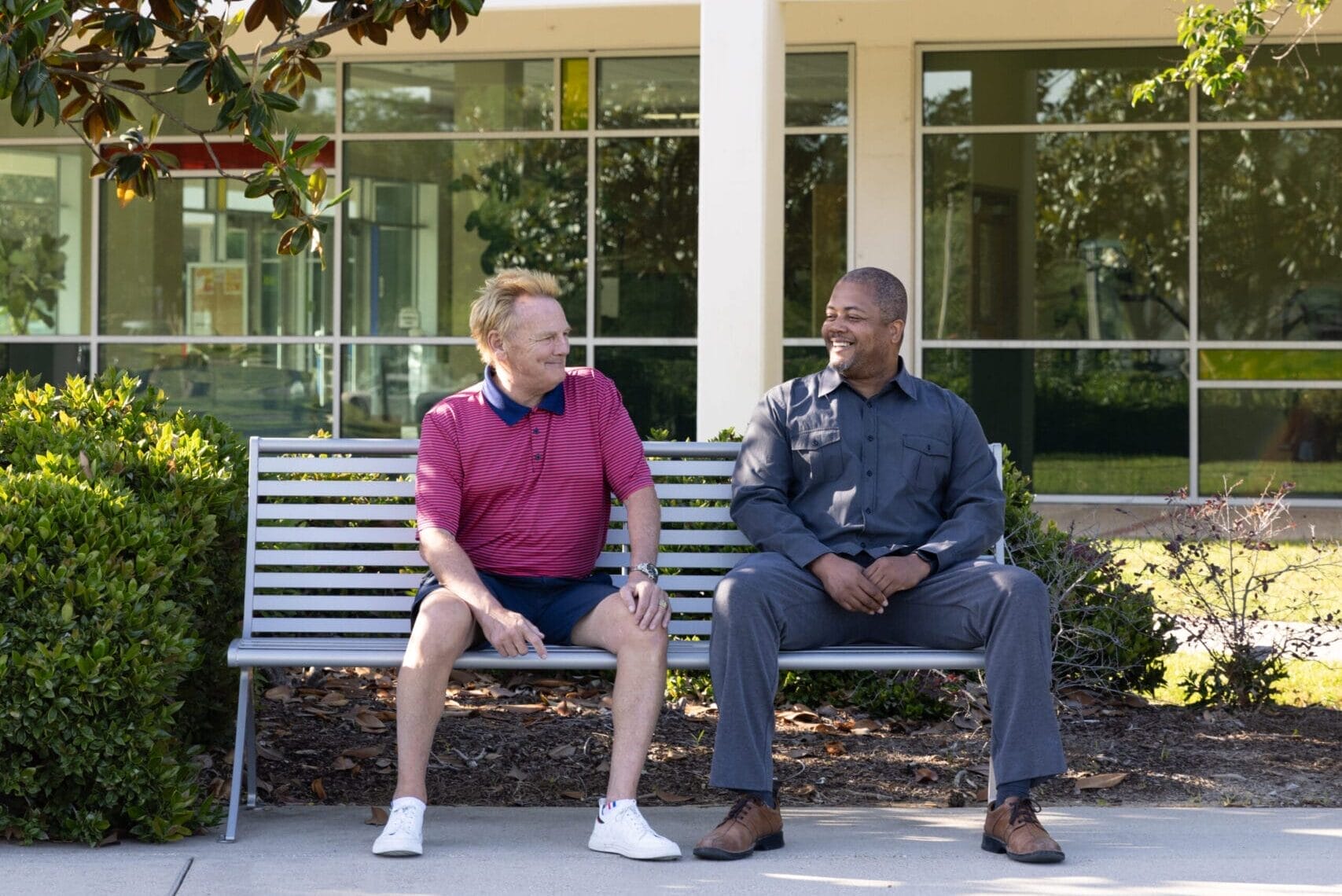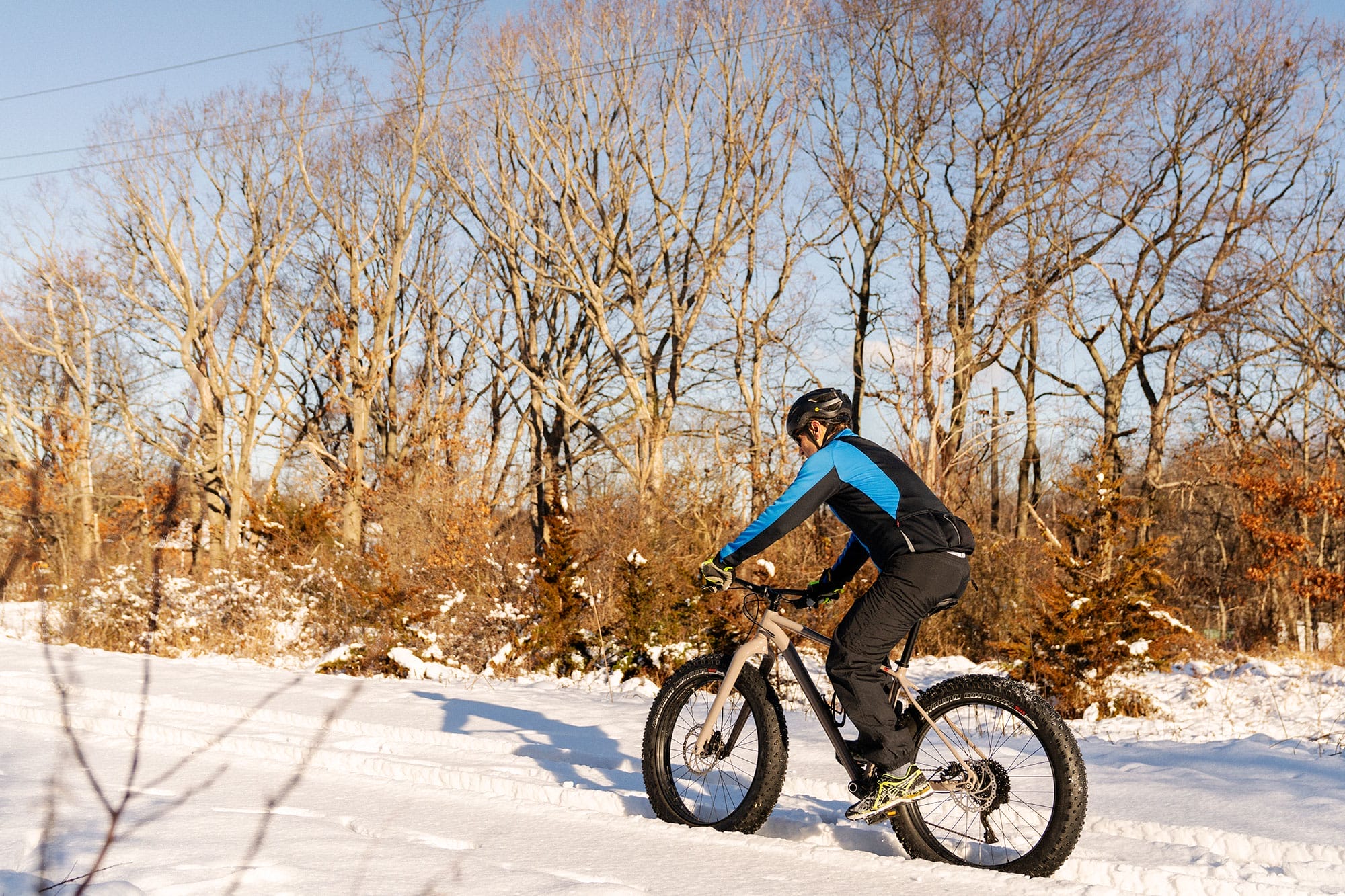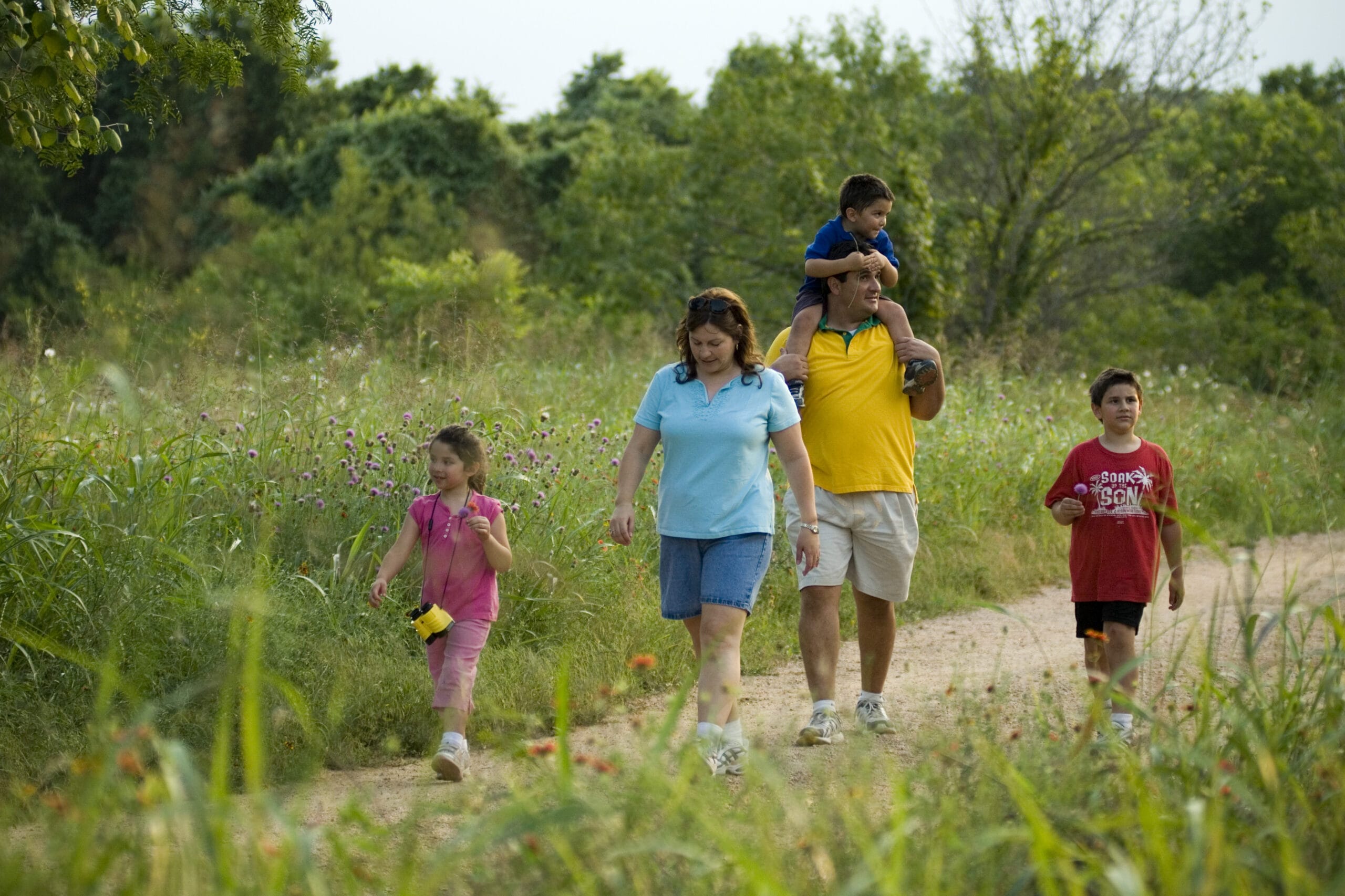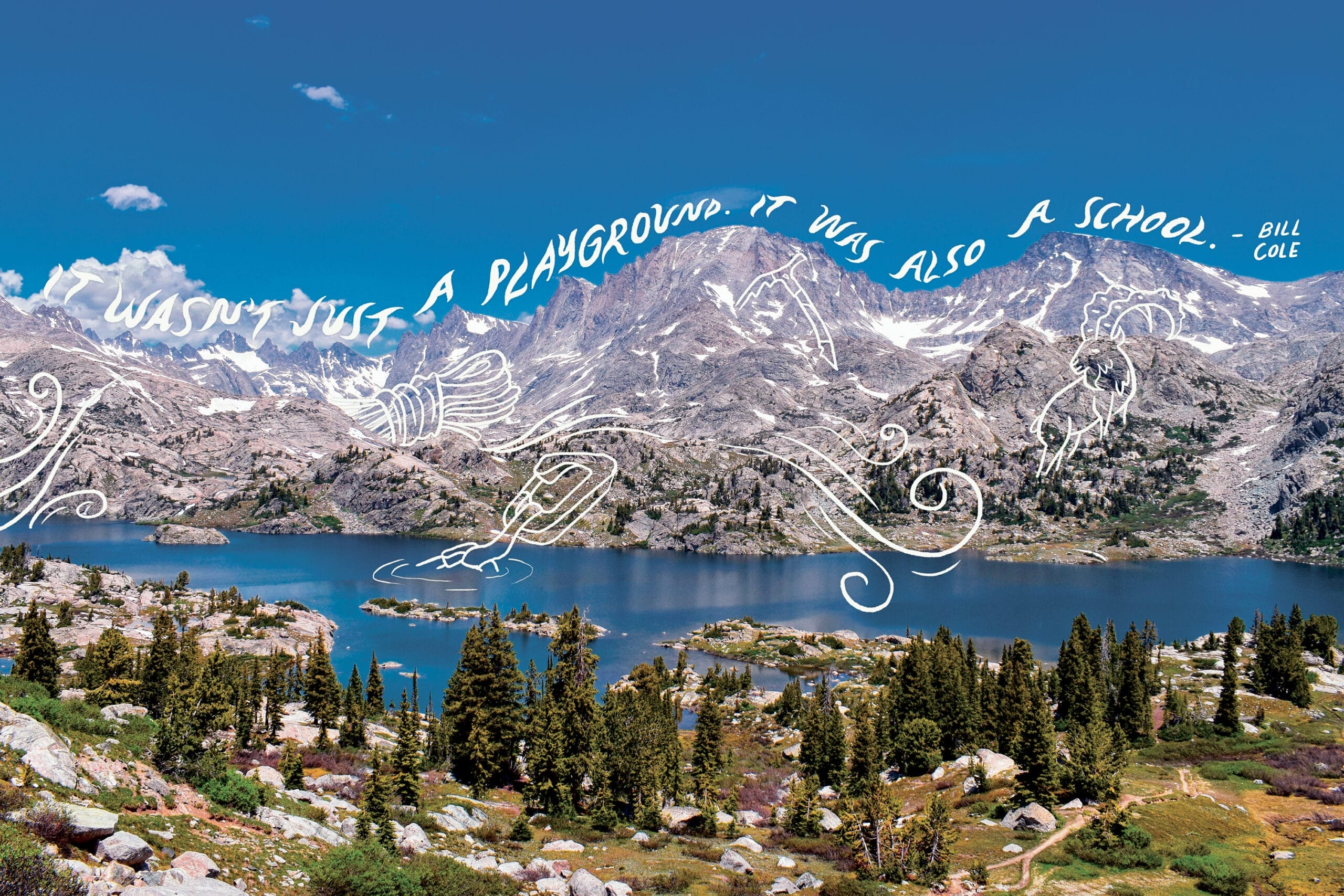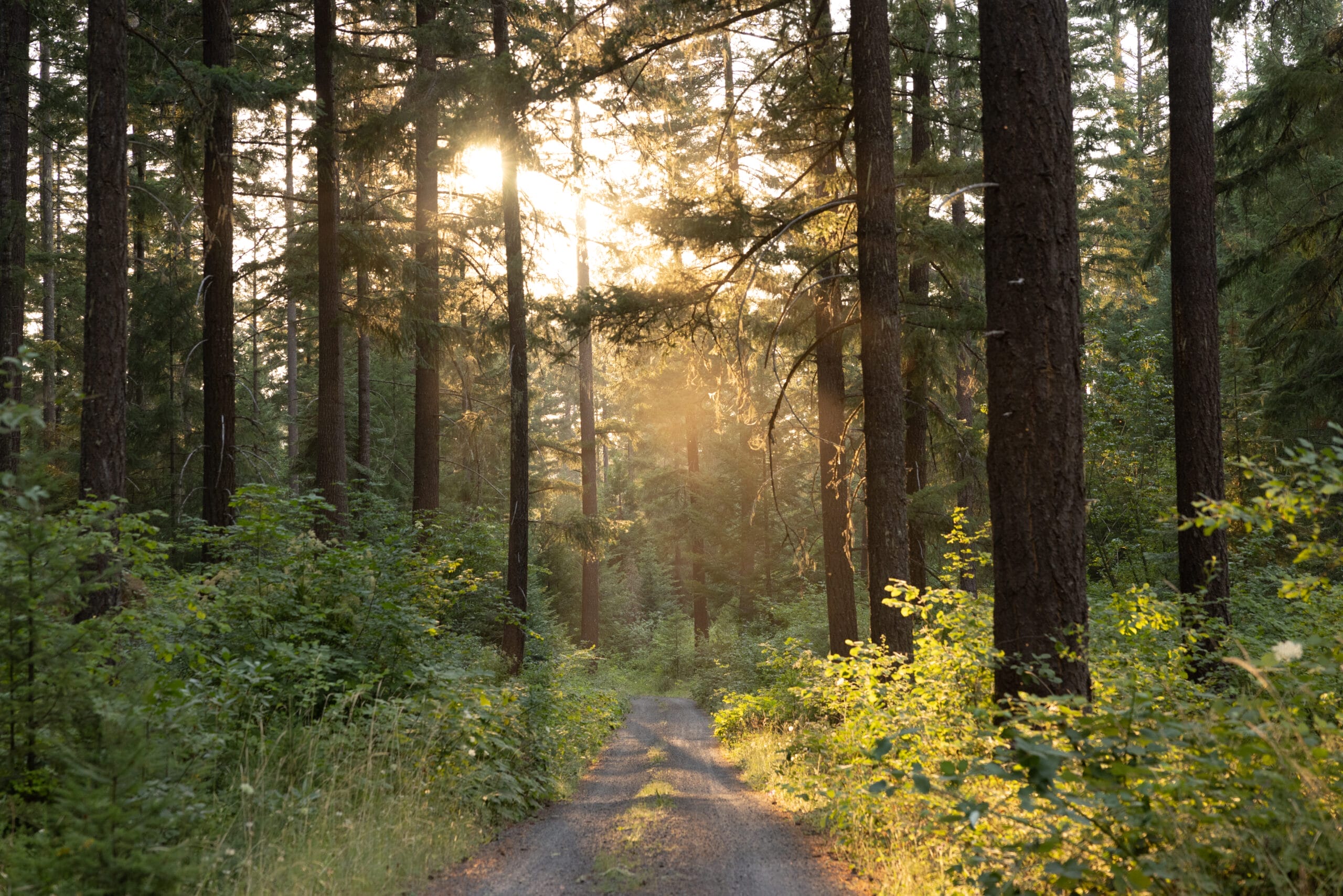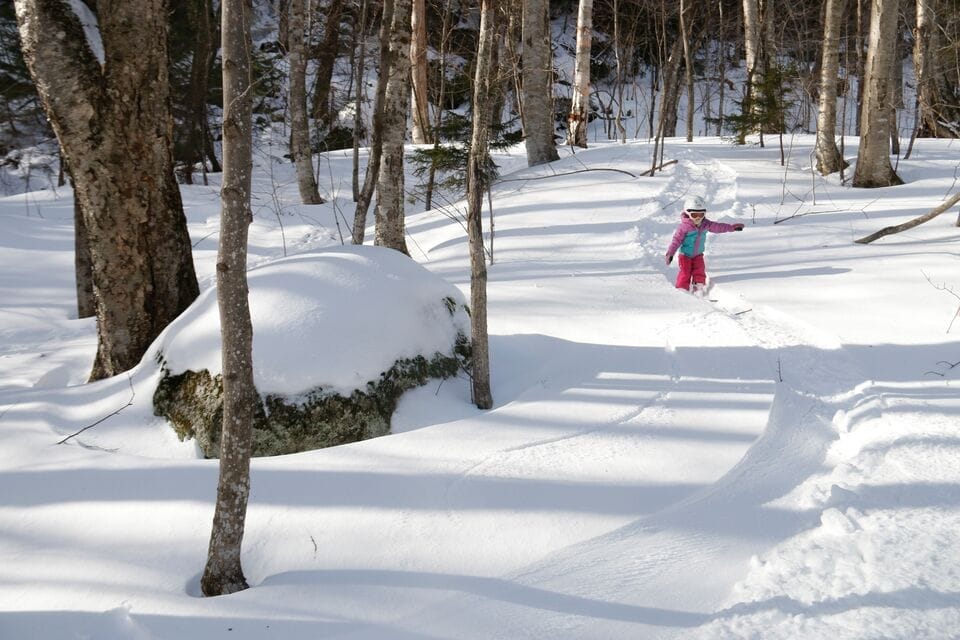
Millions of eclipse-chasers can catch the greatest show in the sky from public land
Millions of eclipse-chasers can catch the greatest show in the sky from public land
Next week’s total solar eclipse is a once-in-a-generation opportunity for people all across the country to stop what they’re doing, step outside, put on some goofy (but very important) safety glasses, and spend a few lingering moments united in wonder.
Millions of people live within the 70-mile-wide, 2,500-mile-long “path of totality”—the thin band where it’s possible to see the sun entirely covered by the moon—and millions more are planning to travel there to catch this phenomenal sight. Whether you find yourself among friends and neighbors at a city park, in a boat on a wild river, or alone on a trail in a national forest, chances are you’ll be catching the show on public land.
Over the years, The Trust for Public Land has protected more than 80 places along the path of totality, including these:
Depoe Bay Scenic Park—Depoe Bay, Oregon
Partial eclipse begins: 9:04 a.m.
Totality begins: 10:16 a.m.
Totality lasts: 1 minute, 58 seconds
Perfect for early birds, this small town on the remote Oregon coast will be one of the first places in the country to see the eclipse—that is, if the frequently foggy Northwest skies cooperate. The Trust for Public Land helped the city protect key oceanfront land in the heart of the town for a seaside municipal park—a great spot to get an unobstructed view of the sky as the eclipse begins its journey across the continent.
Teton River Access Park—Driggs, Idaho
Partial eclipse begins: 10:16 a.m.
Totality begins: 11:34 a.m
Totality lasts: 2 minutes, 18 seconds
Eclipse-chasers in southern Idaho have a better chance of clear skies as the moon’s shadow sweeps over the Teton Valley, a high, dry corridor between the jagged Teton Range and the Big Hole Mountains. To watch from the water, launch a canoe from the Teton River Access Park, protected with help from The Trust for Public Land in 2016. Located outside the town of Driggs the park’s clear, mellow waters are popular with anglers looking to cast a lure in the blue-ribbon trout fisheries of the Teton River.
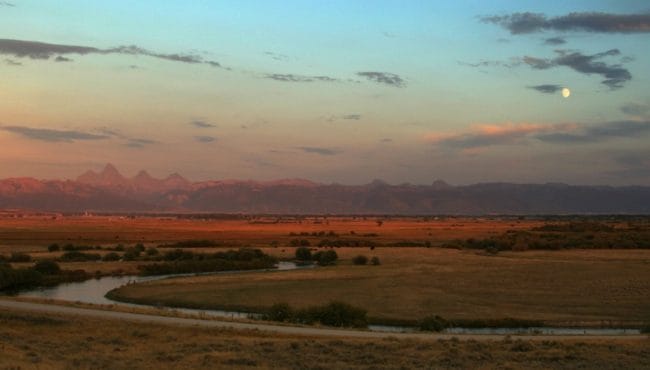 Rocky Mountain residents have their fingers crossed for clear skies on Monday, August 21, as the total solar eclipse sweeps over the Teton Valley. Photo credit: Flickr user Mike Lemmon
Rocky Mountain residents have their fingers crossed for clear skies on Monday, August 21, as the total solar eclipse sweeps over the Teton Valley. Photo credit: Flickr user Mike Lemmon
Mark Twain National Forest—Columbia, Missouri
Partial eclipse begins: 11:45 a.m.
Totality begins: 1:12 p.m.
Totality lasts: 2 minutes, 37 seconds
To catch the eclipse in southern Missouri, you can take to the trails in the Mark Twain National Forest, in the Ozark Mountains . The Trust for Public Land added 440 acres of woods, streams, and ponds to the national forest just outside the city of Columbia—including a 1.5-mile section of the popular Cedar Creek trail system. Rangers here remind visitors to come prepared with what they need—as local stores may run low on supplies—and, of course, pack out what they pack in.
Rolling Mill Hill—Nashville, Tennessee
Partial eclipse begins: 11:58 a.m.
Totality begins: 1:27 p.m.
Totality lasts: 1 minute, 55 seconds
The brightest stars in the country music universe will be howling at the moon on August 21: Nashville is the largest major metro within the path of the totality. If you find yourself in town for the day, tune into the city’s Total Eclipse Playlist, featuring songs like “Ain’t No Sunshine” by Bill Withers, “Space Oddity” by David Bowie, and, of course, Bonnie Tyler’s “Total Eclipse of the Heart.” While you’re singing along, take a walk along the Cumberland River: The Trust for Public Land recently helped the city protect 13 acres along its banks in the lyrically named Rolling Mill Hill neighborhood.
Morris Island—Charleston, South Carolina
Partial eclipse: begins 1:16 p.m.
Totality begins: 2:46 p.m.
Totality lasts: 1 minute, 33 seconds
Wave goodbye to the Great American Eclipse over the Atlantic Ocean from Morris Island, one of the last undeveloped places on South Carolina’s string of barrier islands. Situated at the mouth of Charleston Harbor, the island was the scene of pivotal maritime battles in the Civil War, but until 2006 it was privately owned. The Trust for Public Land helped Charleston residents protect the island, its historic battlegrounds, and the wild and windswept dunes and swamps at the edge of the continent.
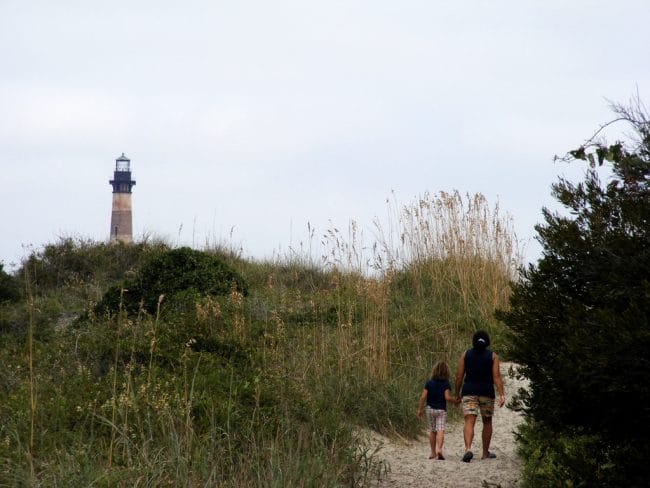 The historic lighthouse is usually the most interesting thing glowing in the sky over Morris Island, but next Monday, its popularity will be, well, eclipsed.Photo credit: Flickr user Ted Kerwin
The historic lighthouse is usually the most interesting thing glowing in the sky over Morris Island, but next Monday, its popularity will be, well, eclipsed.Photo credit: Flickr user Ted Kerwin
What are your plans for watching the eclipse? Head over to Facebook and tell us!
The Active Transportation Infrastructure Investment Program (ATTIIP) is a vital initiative that helps expand trails connecting people to nature and their broader neighborhoods. Urge Congress to fully fund the ATTIIP!
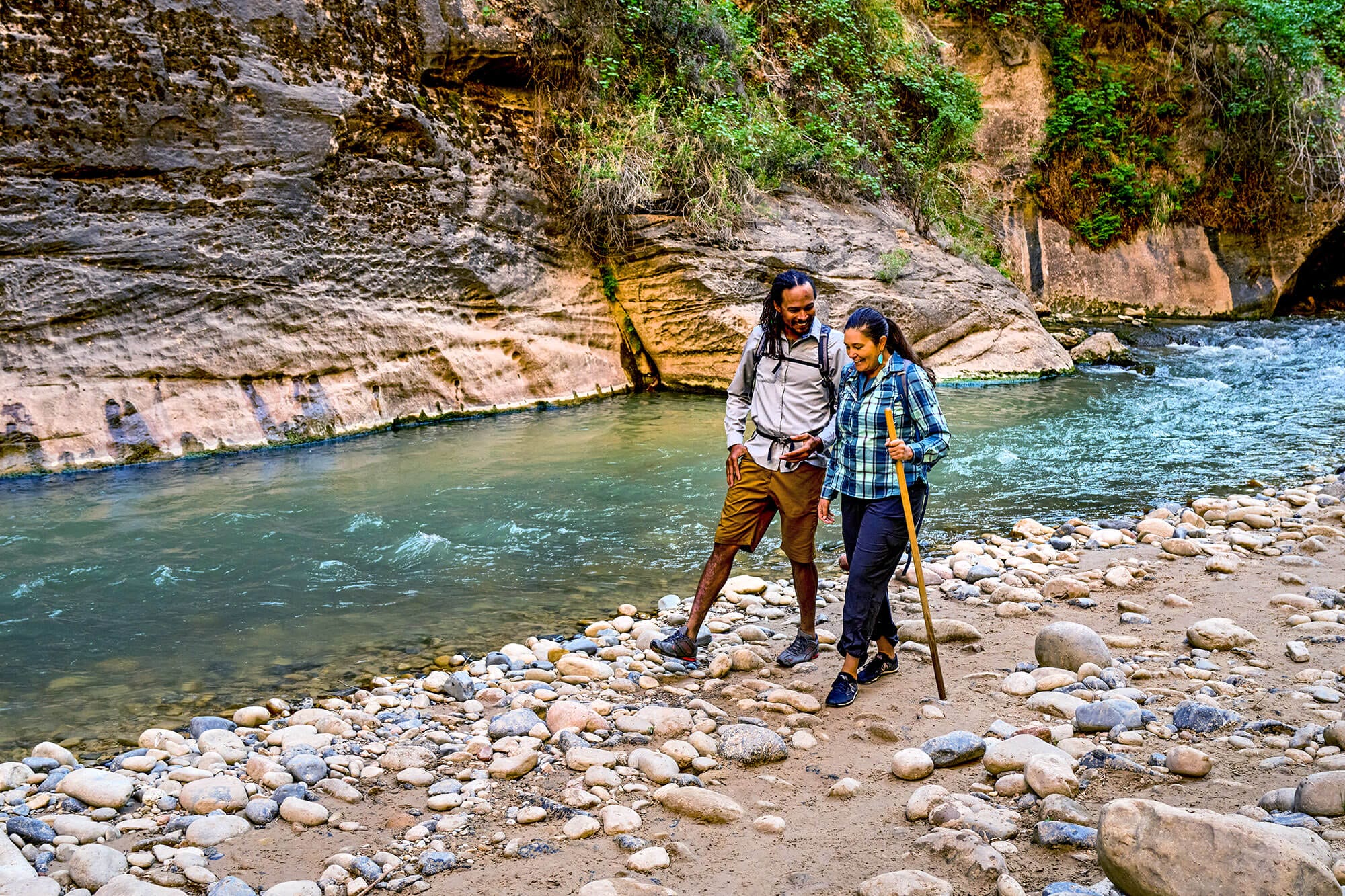
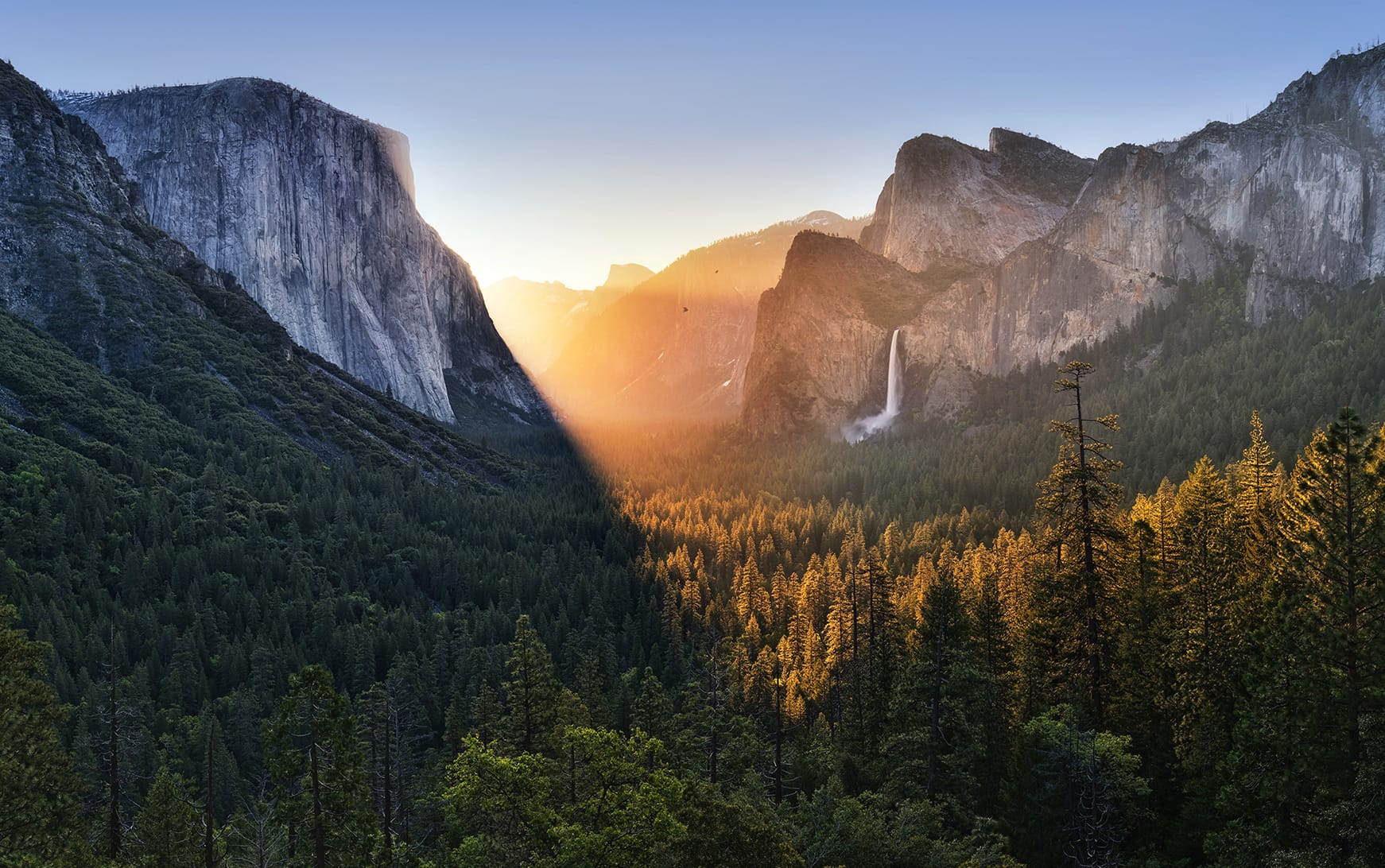
Donate to become a member, and you’ll receive a subscription to Land&People magazine, our biannual publication featuring exclusive, inspiring stories about our work connecting everyone to the outdoors.
See how our supporters are helping us connect people to the outdoors across the country.



